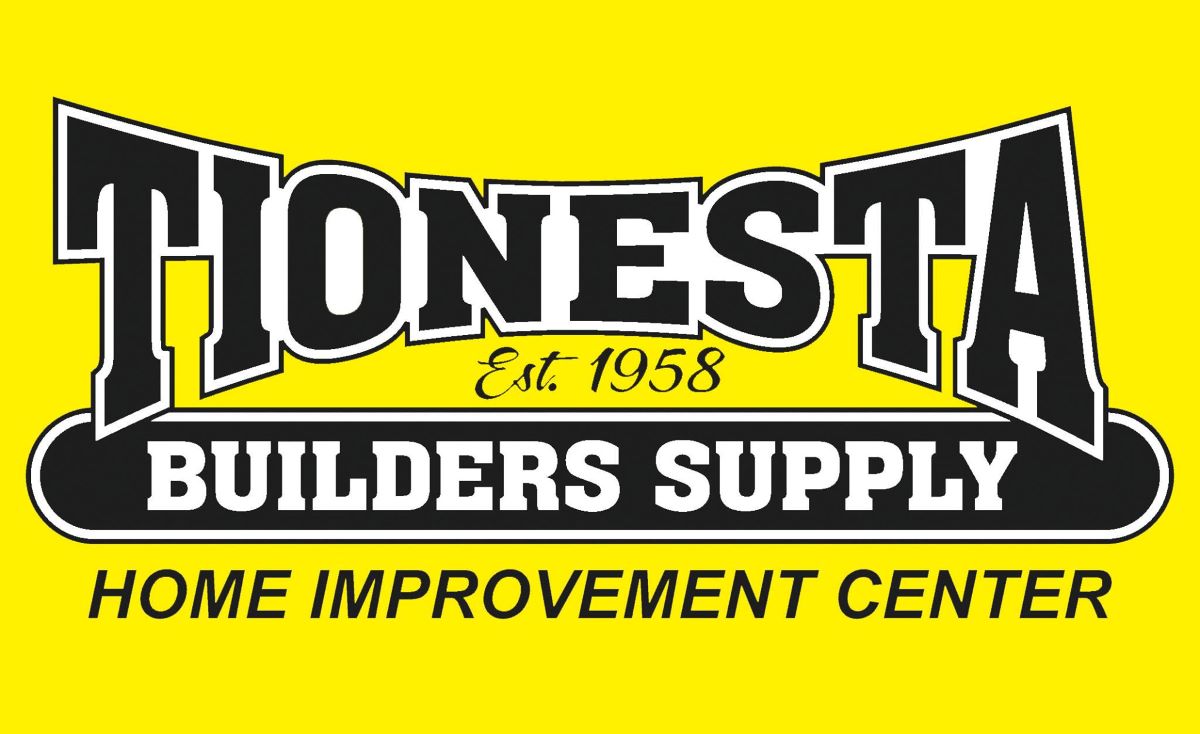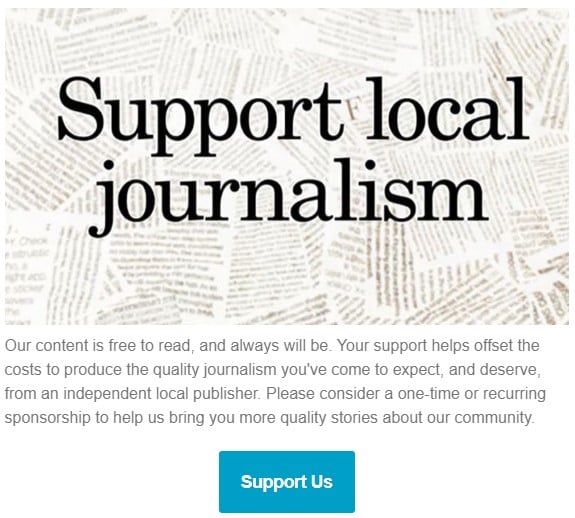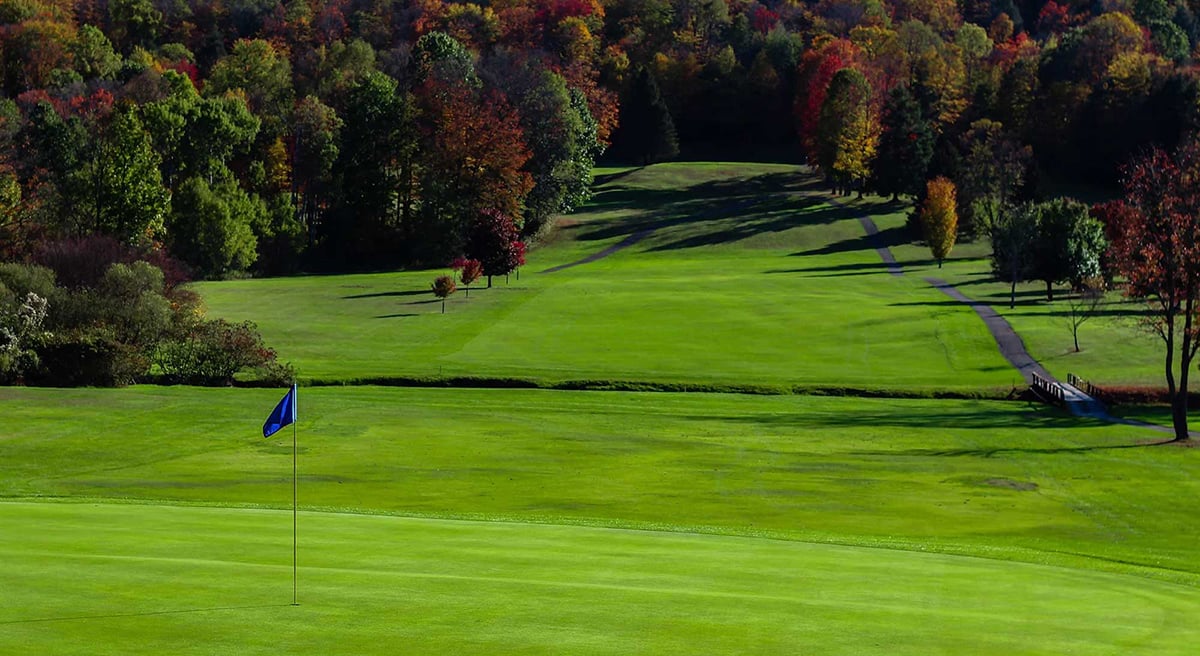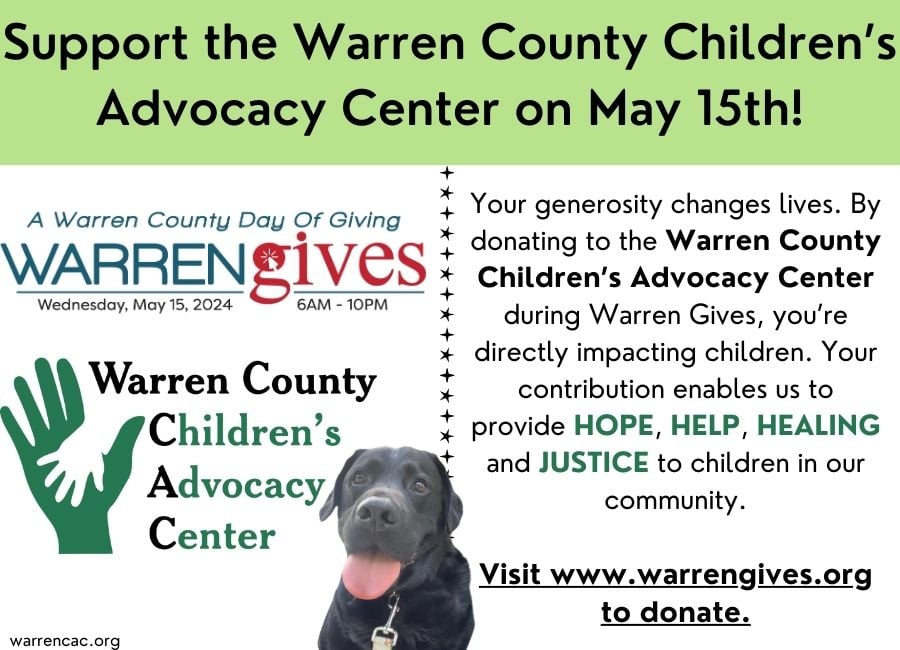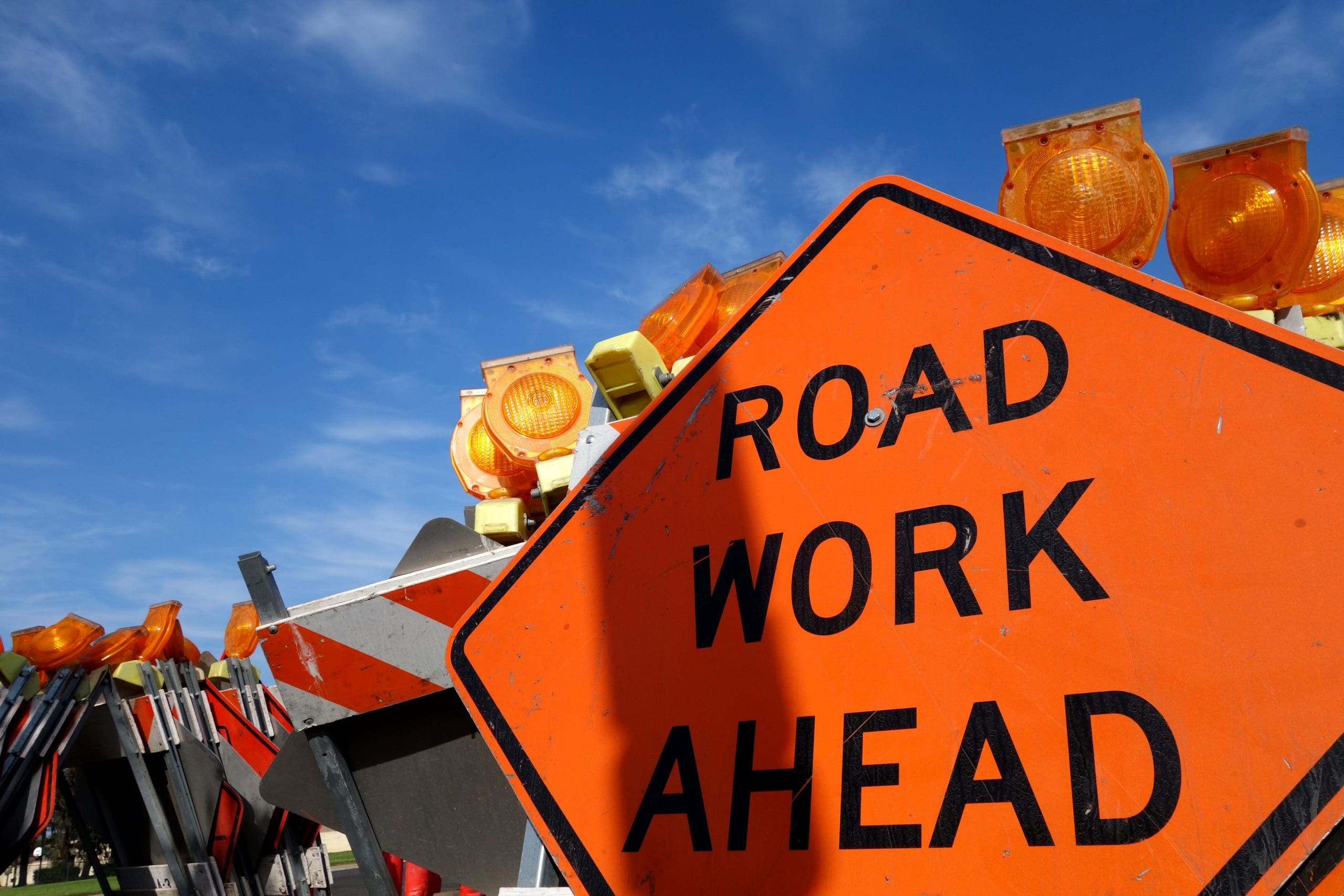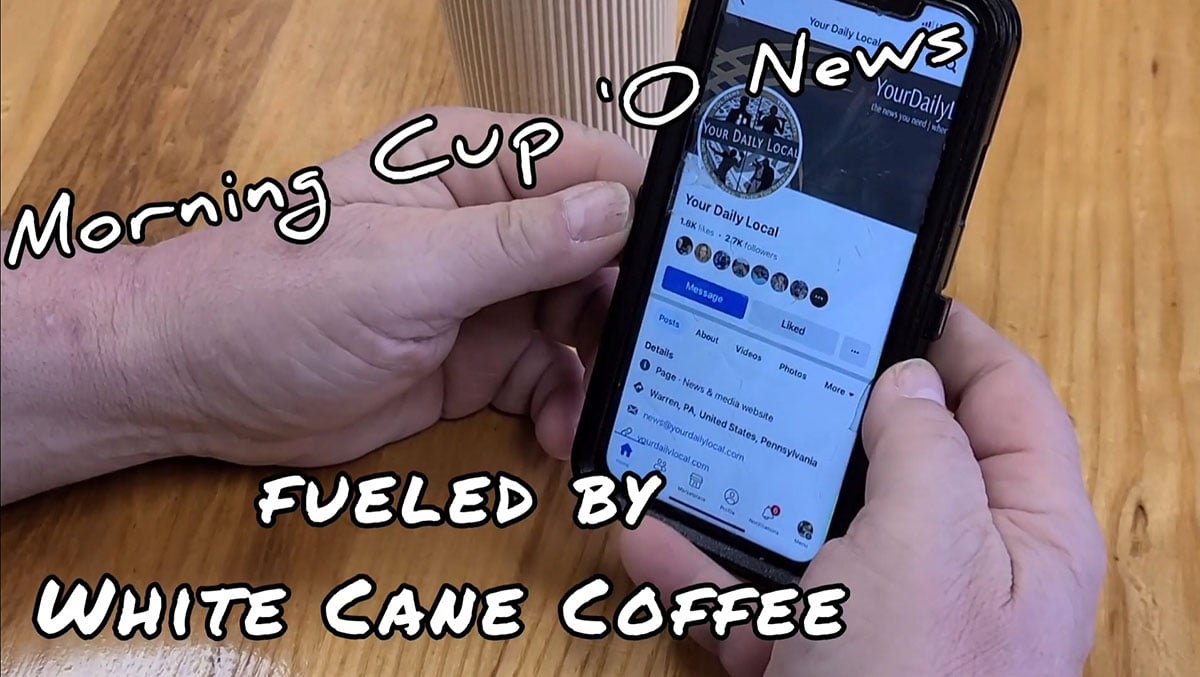Climate problems may seem overwhelming, but people all around this great nation are taking action. This week’s column looks at MINNESOTA and the question is: How do we get from Climate Plans to Climate Action?
It seems that people in every corner of Minnesota are finding ways to work on climate issues. From road-building techniques to repurposing construction waste, no avenue of greenhouse gas reduction is being overlooked. One reason may be a voluntary statewide program called GreenStep that seeks to build a framework for action. Minnesotans clearly want to be part of climate solutions.
You’ll find Minnesota’s GreenStep program by searching it or going to the state site. There are steps for Cities, Tribal Nations, and Schools. It is obvious that they have found some common ground, where sustainability and environmental protection are concerned. The program, which started in 2010 as GreenStep Cities, in a few northern states, has now enlisted over 150 Minnesota cities and towns and a dozen school districts (representing more than half the state’s population) – plus four tribal nations.
The GreenStep program takes a positive approach to helping communities increase energy efficiency and reduce greenhouse gases via 5 steps: by building community consensus; sharing progress at a statewide public website; implementing a handful of best practices in at least 6 categories (from a list of nearly two hundred areas); and, showing improvement in community performance metrics. GreenStep has extensive online resources and offers free workshops covering a range of topics, such as:
- Local air quality & actions to improve it
- Biological integrity
- Financing public efficient & renewable energy projects
- Smart salting for Property Managers
- EV smart communities
- Dark skies
- Hazard mitigation
- Greening historic places
You can watch archived GreenStep workshops here - Construction, demolition & materials reuse
- Best community composting practices
- Sustainable built environment practices
- Community solar subscriptions
- How city commissions advance sustainability
- Supporting pollinators
Are there topics of interest to you? You can sign up for workshops even if you are out of state. Reading through the proactive steps that communities can take to build climate resilience and lower greenhouse gases is heartening. Many are actions that we could all work toward.
Two additional small but important Minnesota projects caught my attention. Both are spotlighted in a MN Public Radio podcast.
Trying out different road surface materials on a stretch of I-94 is a perfect testing ground for new techniques in road building piloted by the Minnesota Dept. of Transportation. The recording is just beneath the image of the roadworker:
Podcast: Climate Cast (July 29, 2022)
Episode: MnDOT exploring new pavement mixes to reduce use of carbon-intensive concrete [~5 mins]
Finally, a pilot study to measure forest resilience under different temperature thresholds is yielding unexpected results (again, find the play button beneath the image):
Podcast: Climate Cast (Aug 26, 2022)
Episode: Minnesota experimental forests show modest temp increases can have big impact [~5 mins]
Let me know if you have a podcast to recommend, or have a comment about my column, or have trouble finding a particular podcast I’ve mentioned. Happy listening!
[email protected]
Note: This column, part of a series looking at examples of positive climate action, state-by-state, first appeared in the Forest Press 10-05-2022. If you are interested in this state’s topic, check online for updated news, as a lot may have changed in a year and a quarter.
















